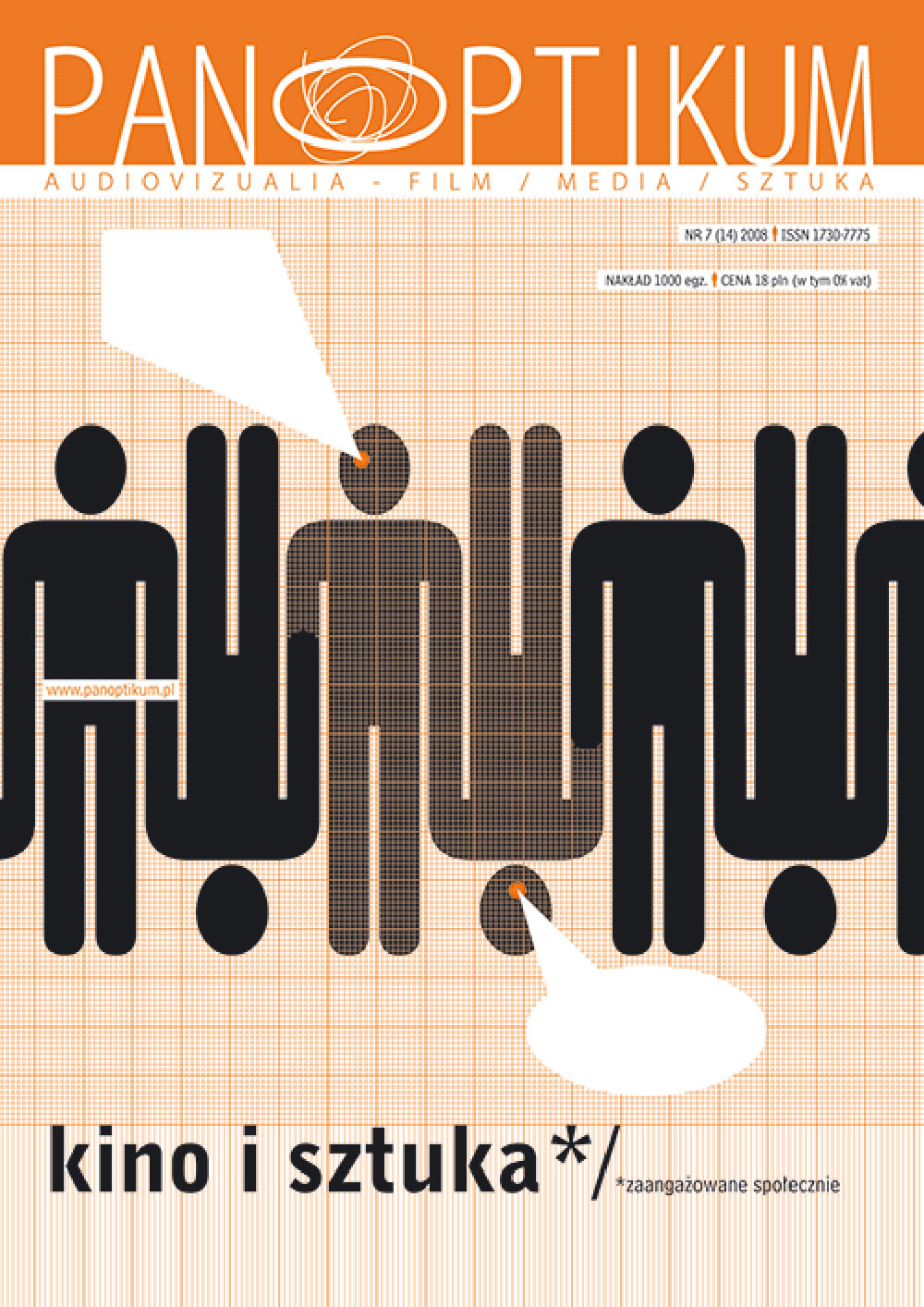Eye, that we can not close
Abstract
The relationship between photography and death dates back to the birth of the former. In About Looking John Berger asks about the consequences of publishing pictures of human suffering. Photography can surprise and shock. The question is: How long will it continue to do that? Shock can also be familiar, because people have the ability to adapt quickly. As Mathew Brady, a photographer during the American Civil War (1861-65), used to say: “Camera is the eye of history”. The aim of his photos was to show the horror of war and its real face. But the general practice was different. For photographers composition meant everything and they had no scruples about arranging images as they saw fit. Using photography for propaganda reasons and pictorial manipulations has a long tradition. At first, the Nazis started using photography as propaganda, but then they noticed the danger of documentary materials. Photography can be considered an atypical history lesson, as Geert van Kesteren shows us in the Why Mister, Why? Exhibition, a report from his journey to Baghdad in April 2003. His photographs show reality as it is: often blurred and vague, sometimes ridiculous, often fearfully brutal. The Why Mister, Why? is a travelling exhibition, with multimedia projections, which transfer on-line information from Iraq, and an exhaustive publication. This is a political history in practice. Van Kesteren and the exhibition producers take into consideration Iraq’s contemporary history.

 Academic Scientific Journals
Academic Scientific Journals





